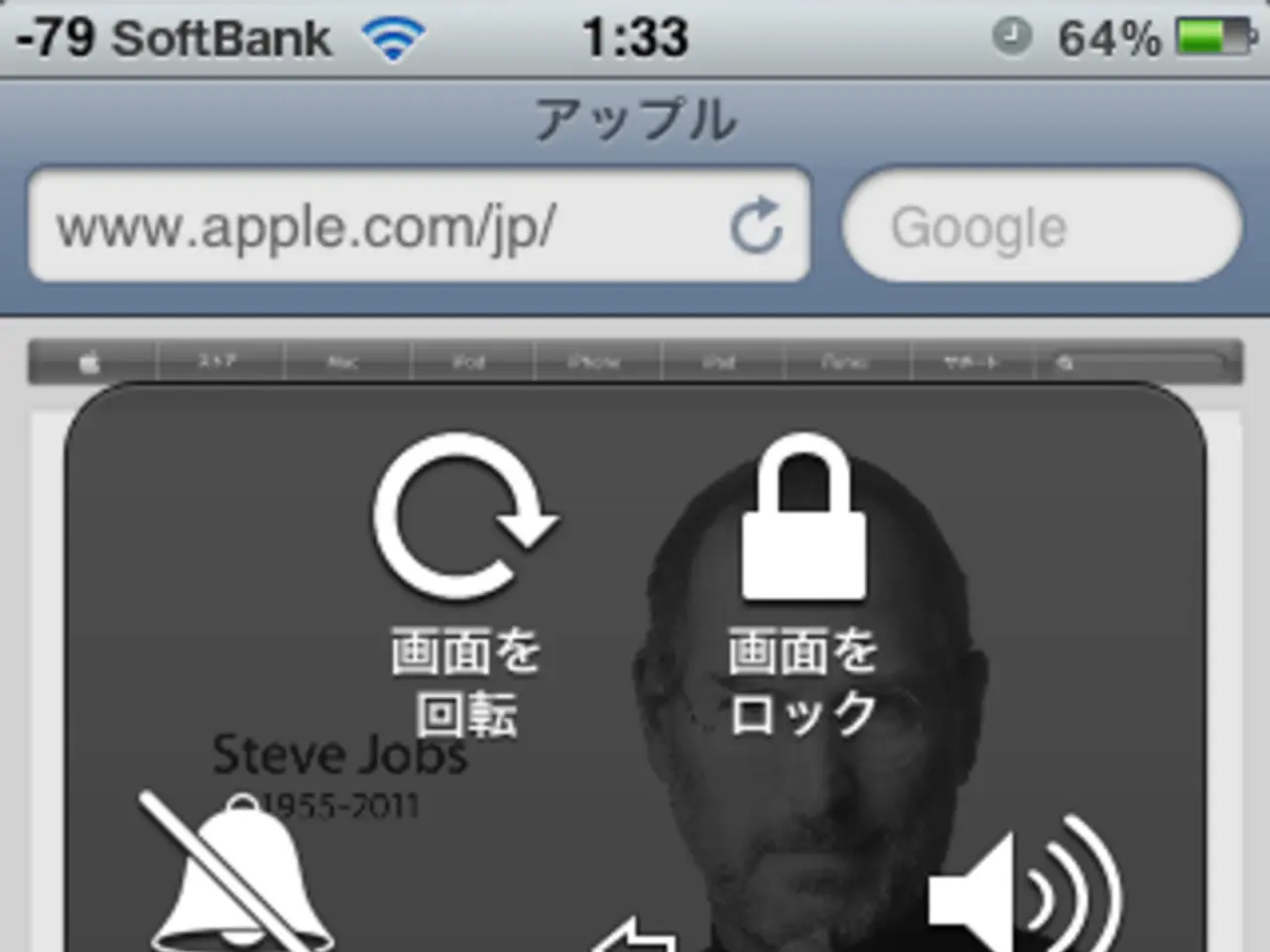Ripple's Move to Freeze 400 Million XRP Tokens Explained
In a surprising move, Ripple, the blockchain-based payments company, has decided to lock up 400 million XRP tokens, deviating from its usual monthly release cycle [3]. This strategic shift in Ripple's liquidity and supply management approach is part of a broader attempt to reengineer its liquidity strategy, balancing token supply released into the market with ecosystem demand and institutional needs [1][3].
### Reasons Behind the Lockup
Ripple's decision to lock up these tokens is driven by a desire for market stability and demand adjustment. By adopting a more flexible and responsive supply management approach, Ripple aims to adapt to real-time market conditions rather than sticking to fixed monthly releases [1][3].
The lockup also signals Ripple's intent to optimize liquidity for its On-Demand Liquidity (ODL) services and other infrastructure projects. By carefully managing token flow, Ripple hopes to avoid flooding the market and suppressing XRP prices [3]. Furthermore, locking tokens may reassure investors and institutional participants that Ripple is committed to preventing oversupply, which could protect XRP's price and support long-term growth [3].
### Potential Implications
The lockup of 400 million XRP tokens could have significant implications for the XRP ecosystem, liquidity, and institutional adoption.
For the XRP ecosystem, a more controlled token supply can encourage healthy ecosystem growth, avoiding oversaturation. It may also support infrastructure expansion by aligning token availability with real demand [1]. Adjusting escrow releases and lockups dynamically enhances liquidity management, ensuring sufficient XRP is available for ODL and exchange-traded products without destabilizing markets [1][3].
Clear, flexible supply management, coupled with better regulatory clarity (such as the ongoing Ripple vs. SEC outcomes), could boost institutional confidence and participation in XRP markets [2][3]. It signals Ripple’s commitment to a sustainable token economy appealing to large-scale investors.
### Context and Outlook
The XRP escrow program, holding about 36.4 billion XRP, is nearing its scheduled end. Ripple may accelerate or alter the release schedule, potentially releasing more than 300 million XRP monthly starting 2026 or adopting more aggressive strategies [1].
Market reactions to such moves can influence XRP price dynamics. Recent market data suggest XRP prices may react to large token lockups or releases, reflecting investor sentiment and perceived supply risk [5].
Ripple's legal battle with the SEC is relevant here as regulatory clarity or final decisions could further impact institutional adoption and market confidence in XRP [2].
In summary, Ripple's adaptive, strategic approach to managing XRP's circulating supply aims to stabilize liquidity, foster ecosystem growth, and enhance institutional trust, which are critical to XRP's sustained adoption and market success. How Ripple continues to balance token release and lockup will be decisive in shaping XRP's price dynamics and utility in the broader crypto finance landscape [1][3].
Notably, an additional 300 million XRP was reported to be unlocked but did not materialize. These unlocked tokens could potentially be used to fuel On-Demand Liquidity (ODL) payment solutions. Markets are awaiting new signals about the use of these tokens, and the irregular XRP movements complicate the predictability of the circulating supply.
Meanwhile, the crypto community is closely monitoring the next Ripple quarterly report to better anticipate XRP's supply dynamics. Furthermore, the Hyperliquid Drop is a point of discussion in the crypto community, adding to the intrigue surrounding Ripple's XRP management.
As Ripple navigates this new chapter in its XRP strategy, seasoned observers will be watching closely to understand the implications for the crypto market as a whole.
Ripple's lockup of 400 million XRP tokens appears to be a strategic move to optimize liquidity for its On-Demand Liquidity (ODL) services and other infrastructure projects, ensuring a more balanced token supply and resilient XRP prices (Flexible token flow aims to avoid flooding the market and suppressing XRP prices). By adapting to real-time market conditions and demonstrating a commitment to preventing oversupply, Ripple aims to reassure investors and boost institutional confidence in XRP as a viable investment option in the evolving crypto finance landscape (Locking tokens may reassure investors and institutional participants that Ripple is committed to preventing oversupply, which could protect XRP's price and support long-term growth).




